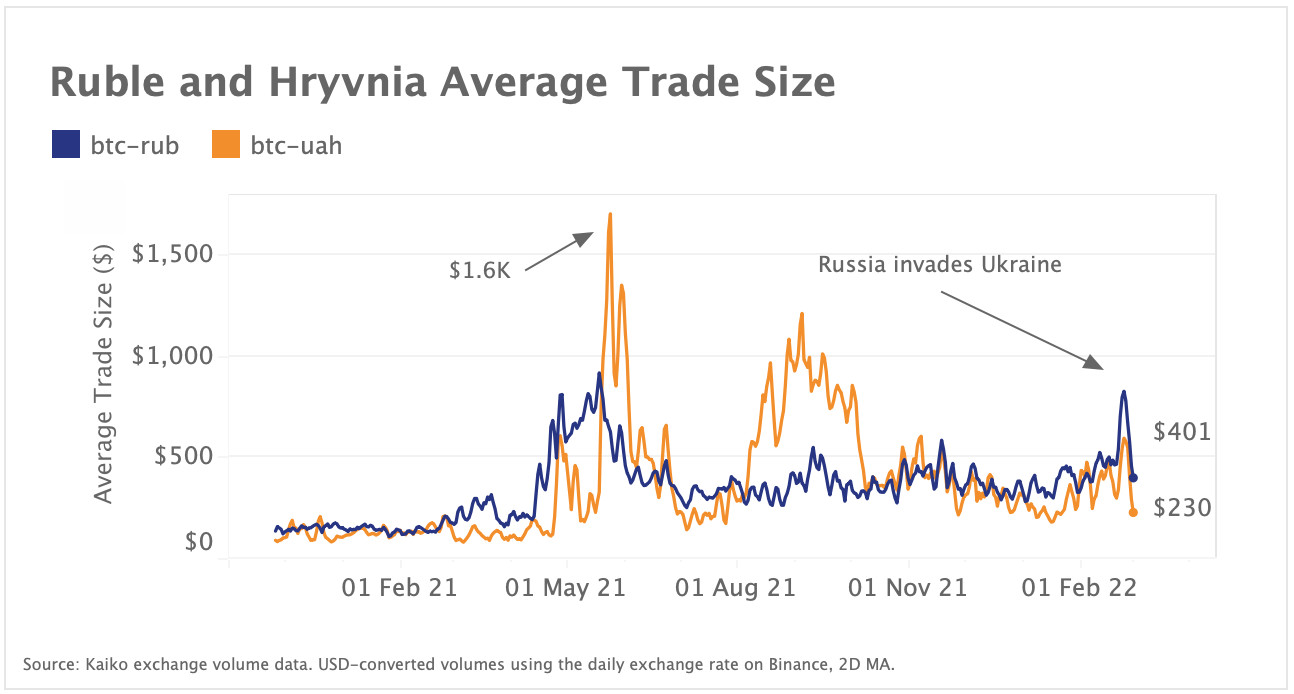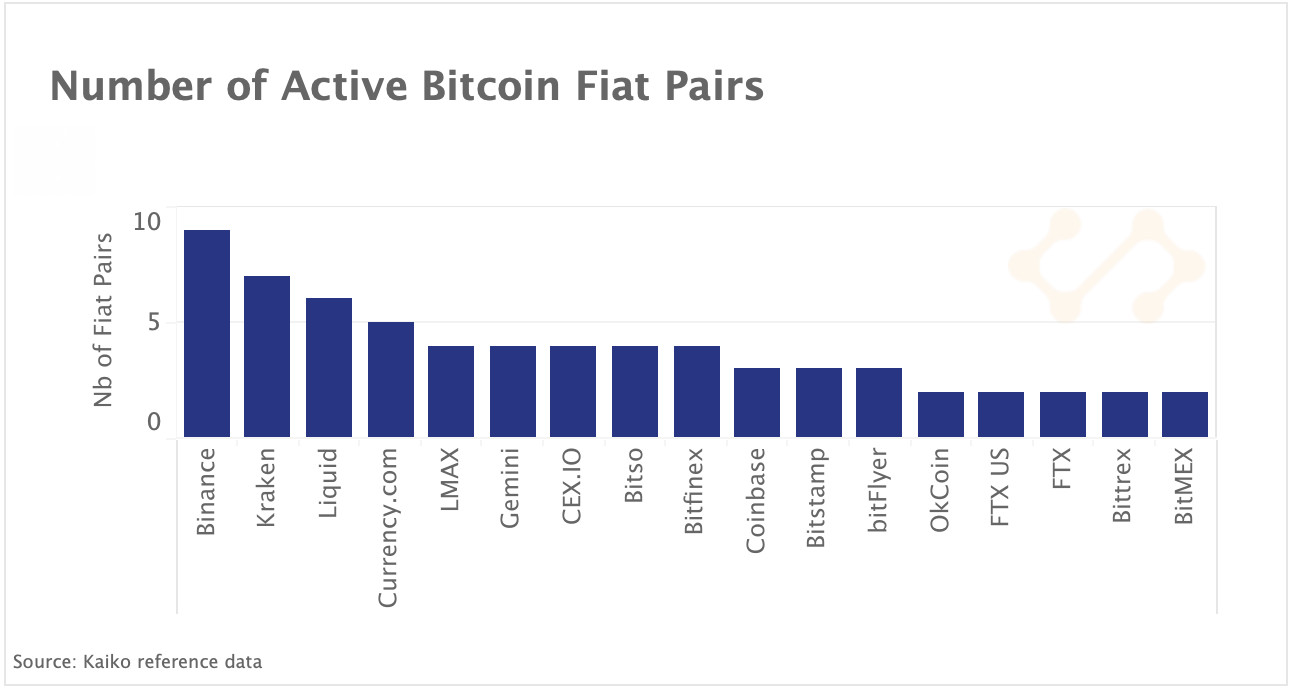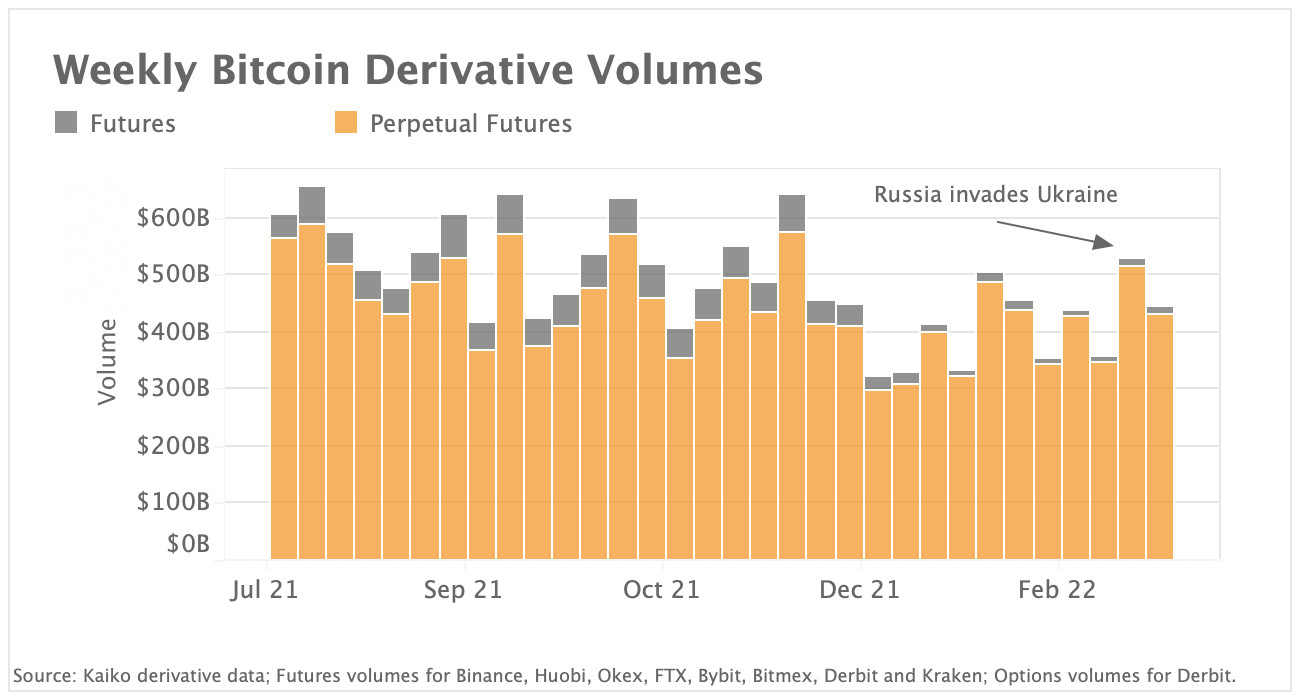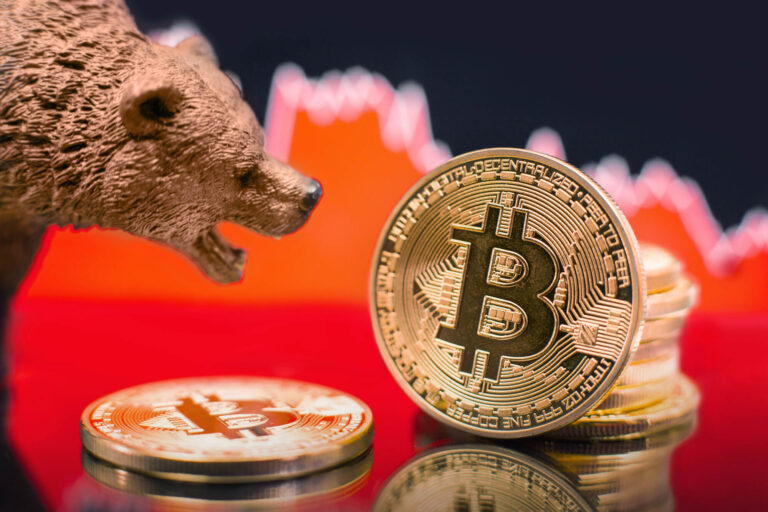A summarizing review of what has been happening at the crypto markets of the past week. A look at trending sectors, liquidity, volatility, spreads and more. The weekly report in cooperation with market data provider Kaiko.
The last 7 days in cryptocurrency markets:
- Price Movements: Tether's 20D volatility spiked to yearly highs throughout last week's wild price swings.
- Volume Dynamics: While fiat-denominated trade volume remains far lower than stablecoin volume, fiat currencies still remain a crucial on-ramp to crypto.
- Order Book Liquidity: Market depth has increased over the past month despite volatile spreads.
- Derivatives: Futures and perpetual futures trade volume remains subdued.
- Macro Trends: Despite surging commodities prices and high inflation, the Fed maintained its hawkish stance.
Miraculous recovery fails to last
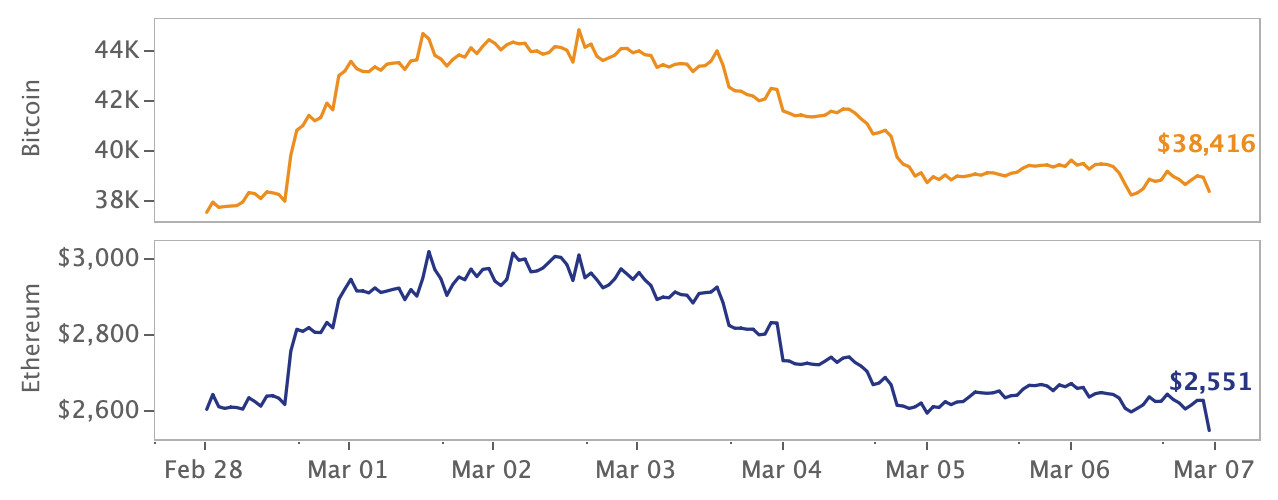
For a brief moment last week, cryptocurrency markets underwent a somewhat miraculous recovery, with Bitcoin gaining more than 18% in a single day fueling hopes that crypto's safe haven narrative would become reality at a time of global financial volatility. The stunning turnaround stood in sharp contrast with traditional financial assets, which experienced massive outflows as the conflict in Ukraine intensified. Yet, the recovery failed to last: by Sunday night, Bitcoin had re-coupled with equity indices and erased most gains.
The crypto industry remains in a tight place as capital markets sanctions against Russia intensify. The biggest centralized exchanges refused to commit to a blanket ban of all Russia-based users without a legal requirement to do so. However, other major industry players took a more proactive stance, mirroring a widening global pullback from Russia. Blockchain gaming company Animoca Brands, NFT marketplace OpenSea, crypto wallet Meta Mask and infrastructure provider Infura moved to restrict users from certain jurisdictions.
Tether volatility spikes to yearly highs
Tether (USDT), the world's largest stablecoin, saw its 20D volatility soar to its highest level in more than a year as markets climbed and then sold-off at one of their quickest rates ever. By contrast, the second largest stablecoin - Circle’s USD Coin (market cap of $54B) - maintained its 1:1 USD peg throughout the volatility. On centralized exchanges, USDT accounts for the vast majority of stablecoin volume, with more than 60% of all Bitcoin trades executed against Tether, whereas USDC is primarily used in decentralized finance applications (DEX price feeds are not included in our measure for 20D volatility). Stablecoins like Tether have a strong appeal in times of market-wide volatility due to their 1:1 USD peg, and have recently seen high volumes vs. the Russian and Ukrainian currency, which have sunk to record lows.
Ruble and Hryvnyia trade sizes spike, but remain low, suggesting retail activity
The average BTC-RUB and BTC-UAH trade size converted into U.S. Dollars on Binance spiked following Russia’s invasion of Ukraine. In the chart above, we observe that the increase was stronger for the BTC-RUB trading pair, with the average trade size hitting a ten-month high for the equivalent of $830 on Feb 24, before halving in the following days. BTC-UAH trade size also rose to a 5-month high of $580, up from $250 on average in January. The average trade size could be an indicator of larger traders (whales) being active in the market, although many whales will split large orders into smaller chunks to minimize the price impact.
The spike in trade size comes as Ruble and Hryivnia crypto trade volumes surged after Russia’s invasion, boosted by record local currency devaluation and market disruptions. Overall, the average trade size for both pairs remained relatively small which suggests that mostly retail users are driving the current high volumes. This is in line with on-chain data which indicates active retail accumulation. For context, the average BTC-EUR trade size on Binance is around $2K.
Fiat trading pairs remain a crucial crypto on-ramp
The ability to access fiat currency markets has taken on new relevancy amid the past week's global financial volatility and currency devaluation. Fiat currencies serve as crucial "on-ramps" into cryptocurrency markets, enabling traders to both buy cryptocurrencies and eventually cash out. In order to list fiat trading pairs, exchanges must adhere to regulations requisite of the currency's jurisdiction. For example, Binance doesn't fulfil the requirements to list U.S. Dollar-denominated trading pairs, but is able to list 8 other fiat currencies. Today, Binance offers the most fiat currencies out of any other exchange, with Kraken in second place with 7 fiat offerings (charted above).
Despite limits on fiat trading, exchanges often operate globally but with more limited services. For example, Coinbase only offers 3 fiat currencies, but operates in 100+ countries. In many countries, exchanges only enable crypto-to-crypto trading and in others, only lets traders buy crypto with a credit card but not cash out into a bank account. Ultimately, it can be complicated for traders in regions without cryptocurrency services to access diverse markets.
The total amount of volume relative to other fiat-denominated pairs is still relatively small, but does show an increase. Turkish Lira volume has also soared over the past year amid a record devaluation of the currency, which show the important role Binance plays as a provider of global crypto trading services.
Futures volume remains subdued despite volatility
Despite Bitcoin's historic 18% surge on February 27-28, overall derivatives inflows remained low last week. Bitcoin futures and perpetual futures weekly volumes underwent a slight spike following Russia’s invasion of Ukraine on Feb 24th to $516B, their highest level since the Omicron crash in December. Yet, volumes dropped by 16% to $430B last week despite rumors of a short squeeze contributing to last week's pop. This suggests that a spike in demand in spot markets could have factored into Bitcoin's gains above $44k, and that the influence of derivatives markets was not as strong.
Commodities surge amid monetary policy uncertainty
Commodities prices surged last week on supply disruptions fears, with oil gaining over 20% despite several nations agreeing on releasing strategic reserves to support the market. This has fueled uncertainty around global central banks’ tightening cycles, with the potential that supply disruptions could both negatively impact growth and boost inflation. Above, we chart the implied volatility for the U.S. Treasuries (MOVE Index) alongside the 10-year U.S treasury yield. The implied volatility is the option market’s expectations for near-term price movements and is often used as a gauge of investor fear. We observe that bond volatility spiked over the past week to its highest level since the March 2020 Covid market crash. Bond yields, which move inversely to prices, have fallen sharply by nearly 30bps since Russia’s invasion of Ukraine, as investors sought safe-havens and anticipated a potential growth slowdown.
The U.S. Fed confirmed it will focus on inflation as the U.S. recovery appears robust, while odds of a tightening by the European Central Bank (ECB) and the Bank of England are narrowing. Overall, a slower pace of tightening could benefit risk assets and result in a relief rally for stocks.
Bitcoin's correlation with equities sinks to 2-month low
Bitcoin’s correlation with the S&P 500 and The Nasdaq 100 fell to a two-month low last week. However, the shift lacked conviction as investors continued to rotate towards safety with bond yields falling dramatically, the U.S. Dollar surging and safe-haven gold rallying. With volatility on the rise, portfolio managers are likely to continue actively managing their risk exposure by cutting risky positions and hedging. This means convergence between risk assets is likely to remain strong in the weeks to come as the U.S. Fed prepares to hike its key policy rate for the first time in four years next week.



